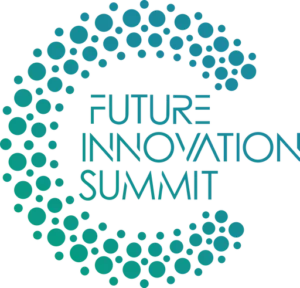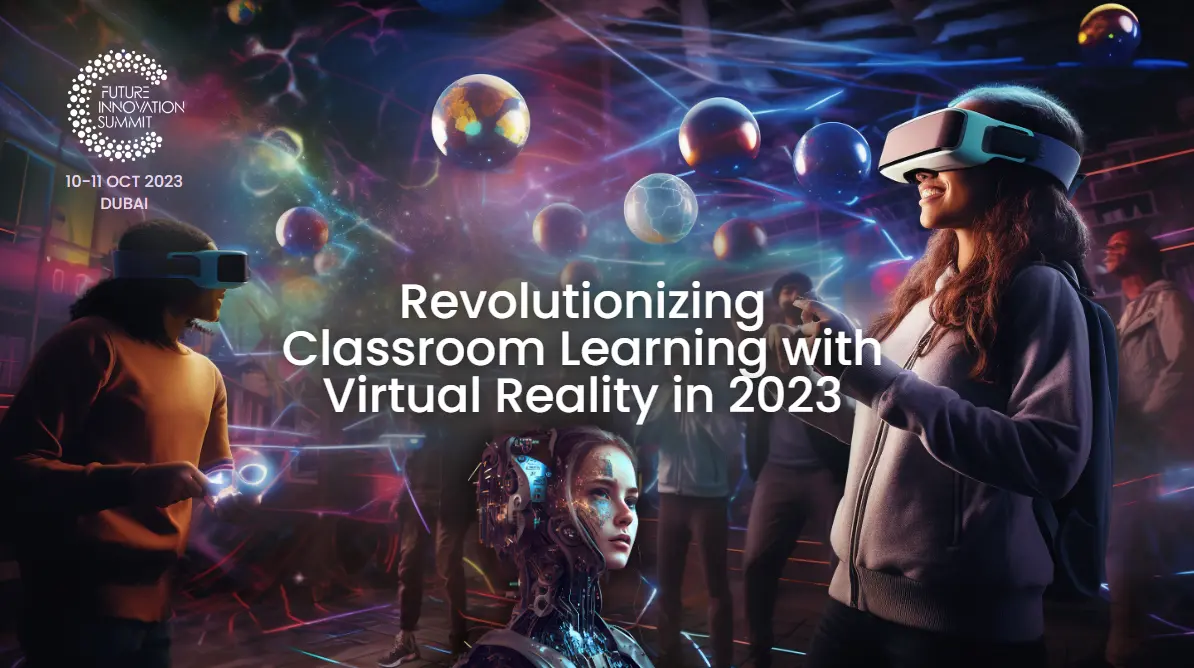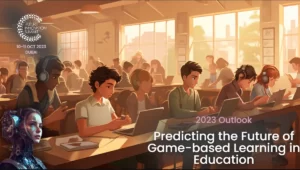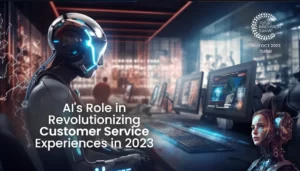Intro: The Rising Trend of Virtual Reality in Education
Virtual Reality in Education: As we move forward in 2023, the trend of integrating technology in education continues to gain momentum. One area of EdTech that’s increasingly coming into the spotlight is Virtual Reality (VR). This technology offers immersive, experiential learning opportunities, transforming education delivery and perception. But how exactly is VR revolutionizing classroom learning in 2023? Let’s delve deeper.
The Engaging Nature of VR – Virtual Reality in Education
VR’s ability to engage students is one of its most significant strengths. Traditional teaching methods sometimes need help to hold students’ attention, especially regarding complex or abstract concepts. VR’s interactive nature brings these concepts to life, enabling students to manipulate and interact with them in a virtual environment. This immersion significantly improves their understanding and retention of the knowledge being imparted.
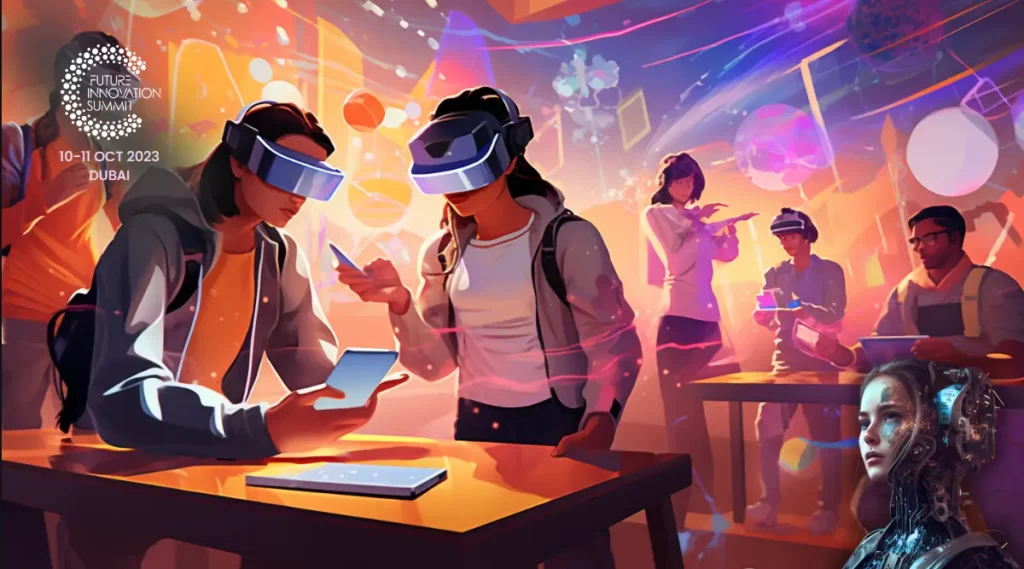
Immersive Learning: Stepping into a Different Reality
VR is all about immersion. Students don a VR headset and step into a different reality, whether diving into the human body to understand anatomy or time-traveling to witness historical events. This shift from theory-based learning to experiential learning profoundly impacts students. Instead of passive listening, they become active participants in their education. They don’t just learn about concepts; they experience them, leading to a deeper understanding.
Personalization: Customized Learning Experiences
VR’s potential for personalization of learning experiences is a game-changer. With VR, teaching is no longer a one-size-fits-all approach. Each student is unique, with different learning needs and preferences. VR caters to this diversity by providing individualized learning experiences. Whether a student struggles with conventional teaching methods or seeks to explore a topic more in-depth, VR offers solutions that enhance each student’s learning journey.
Collaborative Learning: Creating Shared Virtual Environments
Collaboration is a crucial aspect of learning, and VR innovatively facilitates this. Creating shared virtual environments allows students to work together on projects, solve problems, and conduct experiments, regardless of geographical location. This collaborative approach improves teamwork and communication skills and exposes students to diverse perspectives, enhancing their overall learning experience.
The Road Ahead: Overcoming Challenges
While VR offers considerable benefits, it’s also important to acknowledge its challenges. The cost of VR equipment and the need for robust technical support and teacher training are significant hurdles. However, these challenges will likely lessen as VR technology becomes more affordable and widespread. Furthermore, the ongoing research and development in this field promise innovative solutions.
Final Remarks: Embracing the VR Revolution in Education
As we journey through 2023, the revolution of classroom learning through VR becomes increasingly evident. This technology can redefine teaching and learning, offering interactive, immersive, and personalized experiences that traditional methods can’t match. As we continue to navigate the challenges and embrace the opportunities, one thing is clear – VR in education is not just a passing trend; it’s the future we’re stepping into. The revolution is here, transforming classroom learning in 2023 and beyond.

Accessibility and Inclusivity: A New Opportunity for Virtual Reality in Education
VR opens up opportunities for inclusivity in education, as well. Students with physical disabilities or learning challenges that might hinder their engagement in a traditional classroom environment can participate actively using VR. It allows them to have the same educational experiences as their peers, removing barriers and fostering an inclusive learning environment.
The Impact of VR on Teachers
While much of the conversation around VR in education focuses on students, it’s also essential to highlight its impact on teachers. VR can be a powerful tool in a teacher’s arsenal, allowing them to create immersive, engaging lessons that capture their students’ imagination and increase their understanding of complex subjects. Moreover, tracking a student’s interaction within a VR environment provides teachers valuable data to gauge their comprehension and adjust teaching methods accordingly.
The Role of VR in Remote Learning
The past few years have seen an increase in remote learning due to global circumstances, and VR has shown great promise. VR can replicate the classroom environment remotely, ensuring students remain engaged and motivated. It offers the interactive, social elements of in-person learning, making remote education more effective.
The Wider Societal Implications of VR in Education
Beyond the immediate classroom benefits, the widespread use of VR in education has broader societal implications. By making learning more engaging and accessible, VR can help to bridge educational gaps and level the playing field for students from different backgrounds. Moreover, by preparing students for the tech-driven economy of the future, VR education can contribute to broader societal advancement.
Wrapping Up: The Unstoppable Force of Virtual Reality in Education
In conclusion, adopting VR in education represents a seismic shift in how we approach teaching and learning. As we move into 2023, it’s clear that this technology is more than just a tool; it’s a catalyst for systemic change. VR is revolutionizing classroom learning with its potential to engage students, personalize learning, foster collaboration, and promote inclusivity. Embracing this change isn’t merely an option; it’s necessary to prepare for the future of education.
- Summit topics: AI – Sustainability – EduTech – HelthTech – FinTech
- Visit our LinkedIn page.
- Images are generated by AI.
